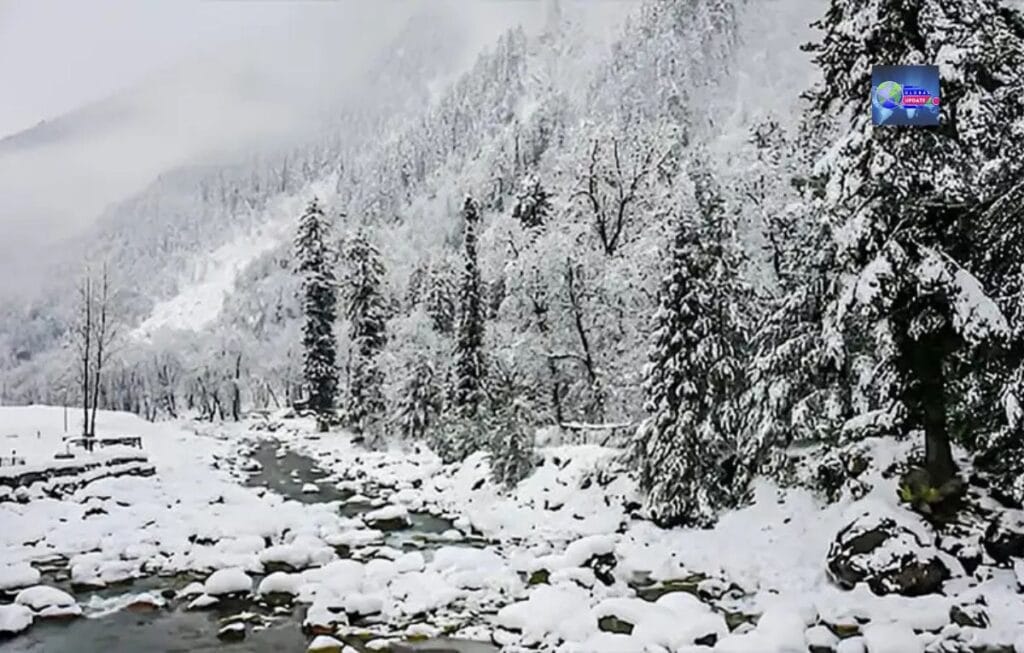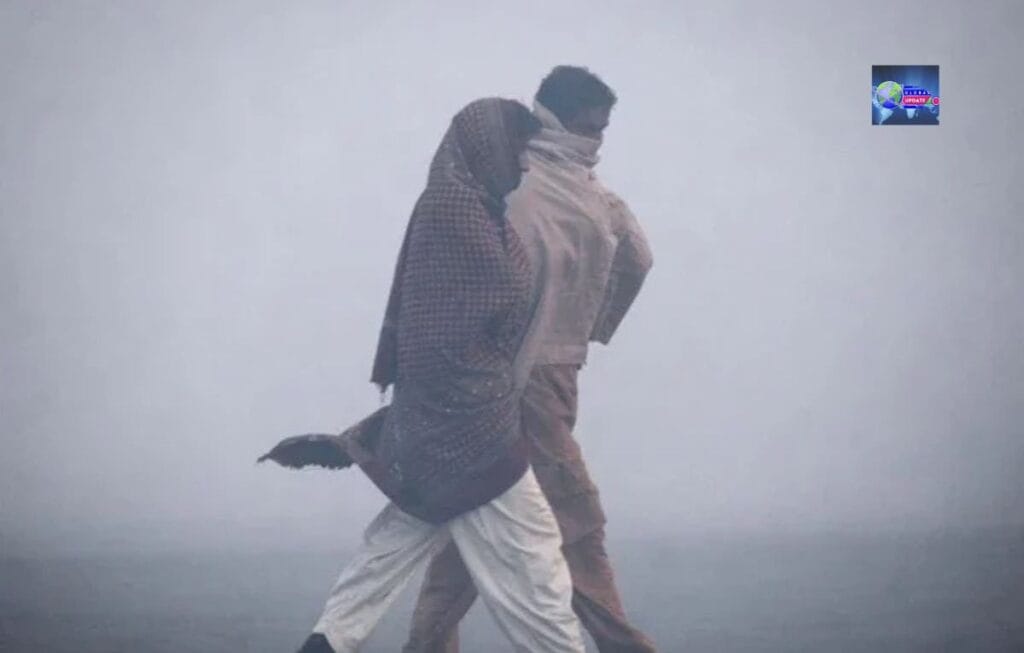The Pakistan Meteorological Department (PMD) has officially denied social media reports predicting the coldest winter in Pakistan’s history. In a recent statement, the Met Office clarified that there is no scientific evidence to support such exaggerated claims.
The department says there won’t be a record-breaking drop in temperatures this winter. National and international weather models show the claim of a record-breaking temperature drop this winter is unfounded.

The forecasts for extreme cold predictions have no scientific basis.
In a press release dated 16 October 2025, PMD clarified that unverified reports and social media claims forecasting a “freezing winter” are scientifically unfounded.
The national weather agency has emphasised that its seasonal outlook and climate models do not endorse such extreme scenarios.
The seasonal forecast (December–February) points towards near-normal to slightly below-normal rainfall and temperatures that are just above average in many regions.
La Niña’s Influence & Regional Climate Signals
PMD acknowledged that a weak to moderate La Niña phase is currently active in the equatorial Pacific Ocean. Historically, La Niña conditions tend to moderate winter severity in South Asia, including Pakistan, rather than amplify cold events.
Given this climate backdrop, the Met Office says fewer and weaker western disturbances are expected to penetrate the country, which would reduce the frequency and strength of cold spells, snowfall, and heavy winter systems.
What to Expect: Seasonality, Cold Spells & Rainfall
While PMD denies any extreme cold wave, it does allow for localised cold spells caused by passing western disturbances.
These will be of minor intensity and short duration, not a sustained freezing stretch across Pakistan.
In terms of precipitation, the department forecasts less-than-normal rainfall across many regions during winter. Northern, western, and mountainous areas may see reduced snowfall, while plains (Punjab, Sindh) are likely to experience mild temperature deviations.
No Scientific Basis Behind Viral Claims
The PMD emphasised that the seasonal climate outlook—based on validated models and international datasets—does not predict any extreme winter scenarios.
Instead, the data suggests near-normal to slightly above-average temperatures in most parts of the region, which would experience record-breaking cold waves and heavy snowfall.
PMD’s Caution: Avoiding Alarmism
PMD urged citizens, media outlets, and social media users to rely on official forecasts and bulletins delivered via its website and verified channels.
The department warned that spreading unverified forecasts can cause unnecessary public fear and confusion.
They reiterated that all statements and weather projections should be grounded in validated climate models, global datasets, and instruments, not hearsay or viral rumours.
Expected Weather Patterns for Winter 2025
- Temperature: Slightly above average in plains and southern regions
- Rainfall: Below-normal in most parts of the country
- Snowfall: Expected to be limited in northern areas due to reduced storm systems
- Cold Waves: Short-lived and weaker compared to recent winters
While some regions in the north of Khyber Pakhtunkhwa, Gilgit-Baltistan, and Balochistan may still see chilly conditions, the PMD confirmed that these will be part of normal winter variability.

PMD Urges Public to Rely on Official Sources
The Met Office urged citizens and media outlets to avoid sharing unverified information about weather patterns.
“We encourage everyone to follow only official PMD updates on our website and social media. The statement added, “Speculative weather reports can spread fear and confusion.”
The PMD also reminded the public that seasonal forecasts are issued using advanced climate prediction systems and that rumours based on random social media posts should be ignored.
Conclusion
The Pakistan Meteorological Department has made it clear: Pakistan will not face its coldest winter this year.
Instead, citizens can expect mild to moderately cool weather, with standard winter patterns and no indications of record-breaking cold.
This clarification from the PMD emphasises how crucial it is to believe validated forecasts and steer clear of, including avoiding, false viral information that circulates without scientific support.
.



